
Joseph Mallord William Turner Painting Reproductions 10 of 14
1775-1851
English Romanticism Painter
323 J. M. W. Turner Paintings

Carisbrook Castle, Isle of Wight n.d.
Paper Art Print
$58.48
$58.48
SKU: TJW-14658
Joseph Mallord William Turner
Original Size: 29.2 x 41.2 cm
Public Collection
Joseph Mallord William Turner
Original Size: 29.2 x 41.2 cm
Public Collection
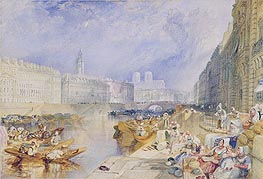
Nantes n.d.
Paper Art Print
$58.48
$58.48
SKU: TJW-14659
Joseph Mallord William Turner
Original Size: 30.5 x 40.6 cm
Public Collection
Joseph Mallord William Turner
Original Size: 30.5 x 40.6 cm
Public Collection
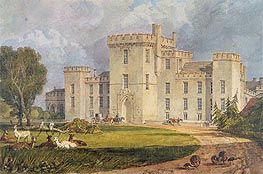
View of Hampton Court from the North-West c.1806
Paper Art Print
$58.48
$58.48
SKU: TJW-14660
Joseph Mallord William Turner
Original Size: 20.2 x 30.5 cm
Yale Center for British Art, Connecticut, USA
Joseph Mallord William Turner
Original Size: 20.2 x 30.5 cm
Yale Center for British Art, Connecticut, USA
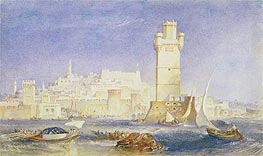
Rhodes c.1823/24
Paper Art Print
$58.48
$58.48
SKU: TJW-14661
Joseph Mallord William Turner
Original Size: 13.3 x 22.5 cm
Yale Center for British Art, Connecticut, USA
Joseph Mallord William Turner
Original Size: 13.3 x 22.5 cm
Yale Center for British Art, Connecticut, USA
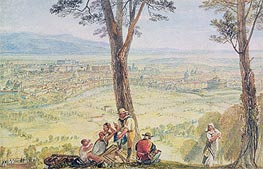
Rome from Monte Mario c.1818
Paper Art Print
$58.48
$58.48
SKU: TJW-14662
Joseph Mallord William Turner
Original Size: 14 x 21.6 cm
Yale Center for British Art, Connecticut, USA
Joseph Mallord William Turner
Original Size: 14 x 21.6 cm
Yale Center for British Art, Connecticut, USA
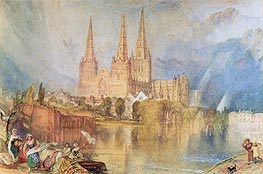
Lichfield c.1830/35
Paper Art Print
$58.48
$58.48
SKU: TJW-14663
Joseph Mallord William Turner
Original Size: 28.6 x 43.8 cm
Private Collection
Joseph Mallord William Turner
Original Size: 28.6 x 43.8 cm
Private Collection
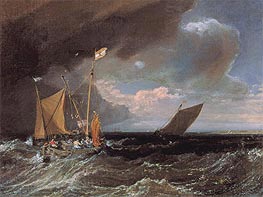
Seascape with a Squall Coming Up c.1803
Oil Painting
$1010
$1010
Canvas Print
$178.36
$178.36
SKU: TJW-14664
Joseph Mallord William Turner
Original Size: 45.7 x 60.9 cm
Fuji Art Museum, Tokyo, Japan
Joseph Mallord William Turner
Original Size: 45.7 x 60.9 cm
Fuji Art Museum, Tokyo, Japan
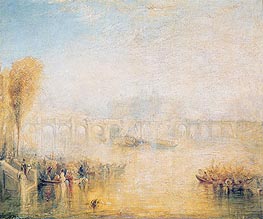
View of the Pont Neuf, Paris n.d.
Oil Painting
$1083
$1083
Canvas Print
$77.93
$77.93
SKU: TJW-14665
Joseph Mallord William Turner
Original Size: unknown
Louvre Museum, Paris, France
Joseph Mallord William Turner
Original Size: unknown
Louvre Museum, Paris, France
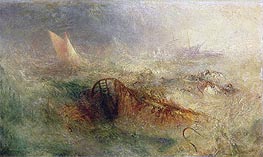
The Storm c.1840/45
Oil Painting
$681
$681
Canvas Print
$61.75
$61.75
SKU: TJW-14666
Joseph Mallord William Turner
Original Size: 32.4 x 54 cm
National Museum of Wales, Cardiff, UK
Joseph Mallord William Turner
Original Size: 32.4 x 54 cm
National Museum of Wales, Cardiff, UK
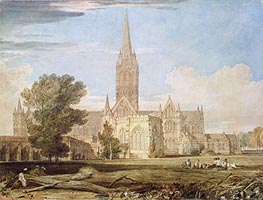
South View of Salisbury Cathedral n.d.
Paper Art Print
$58.48
$58.48
SKU: TJW-14667
Joseph Mallord William Turner
Original Size: unknown
Museum and Art Gallery, Birmingham, UK
Joseph Mallord William Turner
Original Size: unknown
Museum and Art Gallery, Birmingham, UK
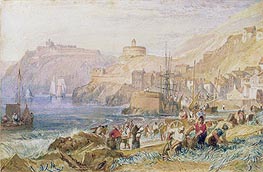
St. Mawes, Cornwall c.1823
Paper Art Print
$58.48
$58.48
SKU: TJW-14668
Joseph Mallord William Turner
Original Size: unknown
Paul Mellon Collection, Upperville, USA
Joseph Mallord William Turner
Original Size: unknown
Paul Mellon Collection, Upperville, USA
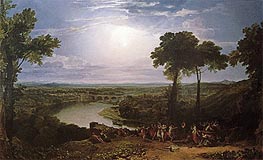
The Festival of the Opening of the Vintage, Macon n.d.
Oil Painting
$1454
$1454
Canvas Print
$61.75
$61.75
SKU: TJW-14669
Joseph Mallord William Turner
Original Size: unknown
Galleries and Museums, Sheffield, UK
Joseph Mallord William Turner
Original Size: unknown
Galleries and Museums, Sheffield, UK
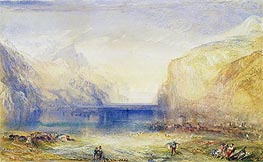
Fluelen: Morning 1845
Paper Art Print
$58.48
$58.48
SKU: TJW-14670
Joseph Mallord William Turner
Original Size: 29.5 x 47.9 cm
Yale Center for British Art, Connecticut, USA
Joseph Mallord William Turner
Original Size: 29.5 x 47.9 cm
Yale Center for British Art, Connecticut, USA
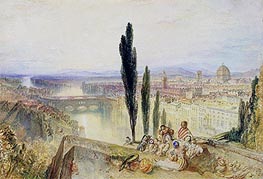
Florence c.1827
Paper Art Print
$58.48
$58.48
SKU: TJW-14671
Joseph Mallord William Turner
Original Size: unknown
Herbert Art Gallery and Museum, Coventry, UK
Joseph Mallord William Turner
Original Size: unknown
Herbert Art Gallery and Museum, Coventry, UK
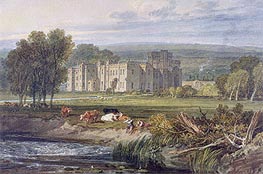
View of Hampton Court, Herefordshire c.1806
Paper Art Print
$58.48
$58.48
SKU: TJW-14672
Joseph Mallord William Turner
Original Size: 20.2 x 30.5 cm
Yale Center for British Art, Connecticut, USA
Joseph Mallord William Turner
Original Size: 20.2 x 30.5 cm
Yale Center for British Art, Connecticut, USA
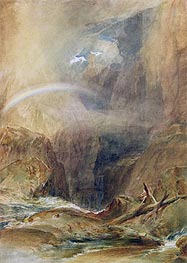
Devil's Bridge, St. Gotthard's Pass c.1804
Paper Art Print
$58.48
$58.48
SKU: TJW-14673
Joseph Mallord William Turner
Original Size: 106 x 76 cm
Yale Center for British Art, Connecticut, USA
Joseph Mallord William Turner
Original Size: 106 x 76 cm
Yale Center for British Art, Connecticut, USA
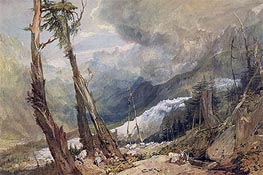
Mere de Glace in the Valley of Chamouni, Switzerland 1803
Oil Painting
$1279
$1279
Paper Art Print
$58.48
$58.48
SKU: TJW-14674
Joseph Mallord William Turner
Original Size: 70.6 x 103.8 cm
Yale Center for British Art, Connecticut, USA
Joseph Mallord William Turner
Original Size: 70.6 x 103.8 cm
Yale Center for British Art, Connecticut, USA

Pools of Solomon c.1833/36
Paper Art Print
$58.48
$58.48
SKU: TJW-14675
Joseph Mallord William Turner
Original Size: 14.2 x 20.6 cm
Fitzwilliam Museum, Cambridge, UK
Joseph Mallord William Turner
Original Size: 14.2 x 20.6 cm
Fitzwilliam Museum, Cambridge, UK
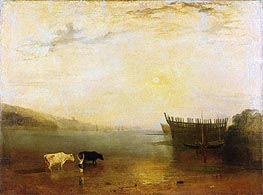
Teignmouth Harbour c.1812
Oil Painting
$1144
$1144
Canvas Print
$69.26
$69.26
SKU: TJW-14676
Joseph Mallord William Turner
Original Size: 90.2 x 120.7 cm
Public Collection
Joseph Mallord William Turner
Original Size: 90.2 x 120.7 cm
Public Collection
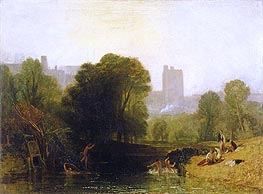
Near the Thames Lock, Windsor c.1809
Oil Painting
$981
$981
Canvas Print
$68.92
$68.92
SKU: TJW-14677
Joseph Mallord William Turner
Original Size: 88.9 x 118.1 cm
Public Collection
Joseph Mallord William Turner
Original Size: 88.9 x 118.1 cm
Public Collection
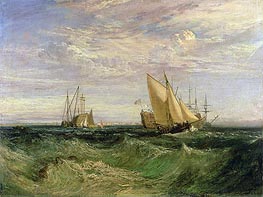
The Confluence of the Thames and the Medway c.1808
Oil Painting
$1161
$1161
Canvas Print
$69.94
$69.94
SKU: TJW-14678
Joseph Mallord William Turner
Original Size: 89 x 119.4 cm
Public Collection
Joseph Mallord William Turner
Original Size: 89 x 119.4 cm
Public Collection
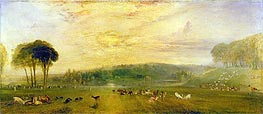
The Lake, Petworth: Sunset, Fighting Bucks c.1829
Oil Painting
$1241
$1241
Canvas Print
$61.75
$61.75
SKU: TJW-14679
Joseph Mallord William Turner
Original Size: 62.2 x 146 cm
Public Collection
Joseph Mallord William Turner
Original Size: 62.2 x 146 cm
Public Collection
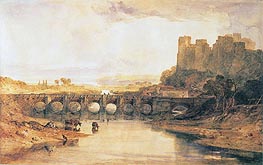
Ludlow Castle 1800
Paper Art Print
$58.48
$58.48
SKU: TJW-14680
Joseph Mallord William Turner
Original Size: 35.7 x 57.2 cm
Barber Institute of Fine Arts, Birmingham, UK
Joseph Mallord William Turner
Original Size: 35.7 x 57.2 cm
Barber Institute of Fine Arts, Birmingham, UK
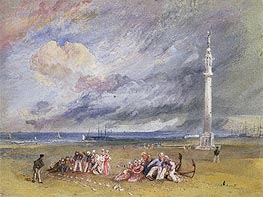
Yarmouth Sands c.1824/30
Paper Art Print
$58.48
$58.48
SKU: TJW-14681
Joseph Mallord William Turner
Original Size: 18.5 x 24.5 cm
Fitzwilliam Museum, Cambridge, UK
Joseph Mallord William Turner
Original Size: 18.5 x 24.5 cm
Fitzwilliam Museum, Cambridge, UK